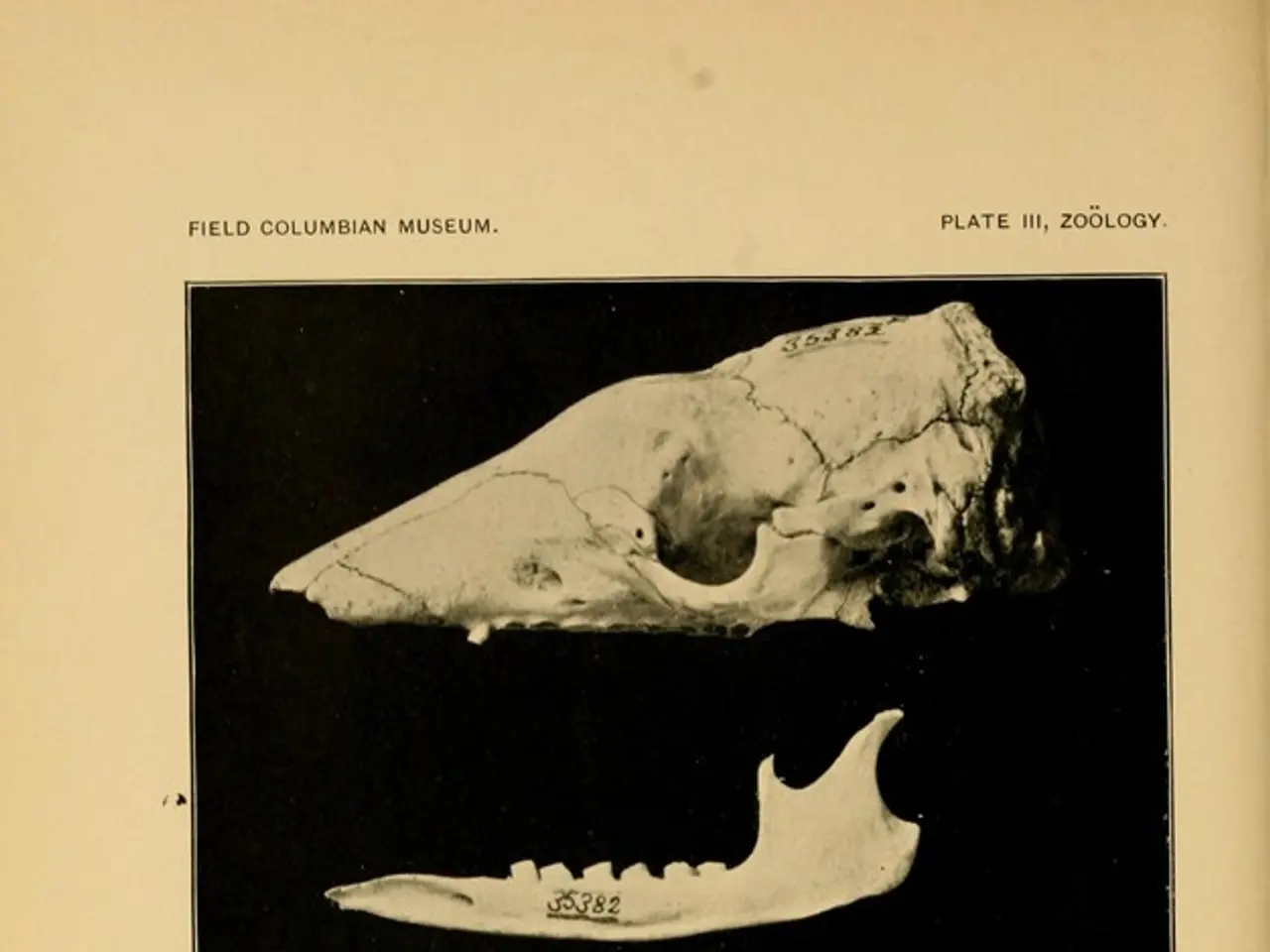Rheumatoid arthritis: Symptoms, identification, and management
Rheumatoid arthritis (RA) is a chronic, progressive autoimmune disease that affects up to 1% of the global population and over 1.3 million Americans. This condition primarily targets the joints, particularly the smaller ones such as those in the hands and feet, but it can also affect larger joints like the knees, shoulders, and collarbone.
RA is characterised by an immune system attack on the synovial lining of joints, resulting in inflammation, swelling, and joint pain. This inflammation can gradually destroy cartilage and bone, leading to joint deformities and loss of function over time. The inflammation also affects nearby structures like tendons and ligaments, and can lead to osteoporosis, an increased risk of bone fractures.
Common symptoms of RA include stiff joints, especially when getting up after sleeping or after sitting down for a while, fatigue, a general feeling of being unwell, pain, swelling, and stiffness in more than one joint, low-grade fever, appetite loss, weight loss, tiredness, dry eyes, chest pain, and joint damage that may lead to disability.
Treatment options for RA are varied and multidisciplinary. Medications, such as nonsteroidal anti-inflammatory drugs (NSAIDs) like Motrin, Advil, and Aleve, are used to manage symptoms, but they can lead to side effects with long-term use and high doses. Disease-modifying antirheumatic drugs (DMARDs), which can slow the progression of RA and prevent permanent damage, are also used. DMARDs take several weeks to a couple of months to fully experience their benefits.
TNF-alpha inhibitors, a type of biologic treatment that suppresses inflammation, are another treatment option. JAK inhibitors, a newer subtype of DMARD medications that target specific signaling molecules, are also used. Corticosteroids, which reduce pain and inflammation but cannot cure RA, may also be prescribed.
In addition to medication, physical therapy can advise people about using assistive devices and help individuals develop a suitable exercise plan. Occupational therapy can help a person learn new ways of carrying out daily tasks to minimize stress on painful joints. A doctor may inject a steroid into the joint for acute symptoms or short-term flare-ups. Surgery may be recommended to repair damaged joints, correct deformities, or reduce pain.
It's important to note that RA can affect various parts of the body, including the joints, lungs, eyes, and heart. Finding time for self-care can help a person cope with the day-to-day challenges of RA.
RA is a complex condition that requires ongoing management and support. If you suspect you may have RA, it's crucial to seek medical advice from a healthcare professional, such as a rheumatologist, who specialises in the diagnosis and treatment of this condition. Early diagnosis and treatment can help manage symptoms and slow the progression of the disease.
[1] "Rheumatoid Arthritis." Mayo Clinic, Mayo Foundation for Medical Education and Research, 18 July 2021,
- A person with rheumatoid arthritis might also experience other pain, such as dermatitis or atopic conditions, due to the disease's impact on various parts of the body.
- Type 1 diabetes, obesity, and other chronic diseases often coexist with rheumatoid arthritis, making health-and-wellness management even more critical.
- Rheumatoid arthritis can affect not only joints but also the eyes, lungs, and heart, making it a complex medical-condition that requires ongoing management.
- In addition to rheumatoid arthritis, treatment-seekers might also consult healthcare professionals for conditions like Crohn's disease, COPD, and depression, which are other chronic diseases.5.science has made significant strides in understanding rheumatoid arthritis, leading to the development of predictive models and naive treatment methods.
- AQ, a subtype of arthritis, shares some similarities with rheumatoid arthritis, as both are autoimmune diseases primarily affecting the joints.
- Rheumatic fever, a complication of strep throat infection, affects itself the heart, but it shares the common thread of being a rheumatic condition akin to rheumatoid arthritis.
- Besides medications, other forms of treatment for rheumatoid arthritis include physiotherapy and occupational therapy to manage pain and improve joint function.
- Arthritis, including rheumatoid arthritis, can lead to depression due to the chronic pain, disability, and changes in lifestyle.
- The joint damage and disability caused by rheumatoid arthritis might affect a person's ability to carry out daily tasks, leading them to seek out alternative methods or adaptations from occupational therapy.
- With the advancements in medical science, new treatments for conditions like rheumatoid arthritis, such as JAK inhibitors, have been developed to target specific signaling molecules for improved efficacy.
- it's crucial for individuals suspected of having rheumatoid arthritis to seek medical advice from a rheumatologist, an expert in the diagnosis and treatment of this condition, for early intervention and disease management.




